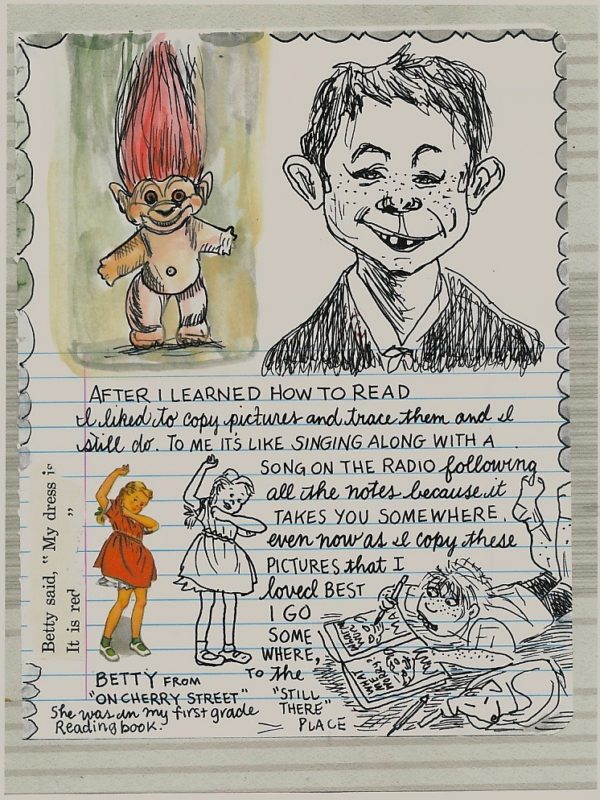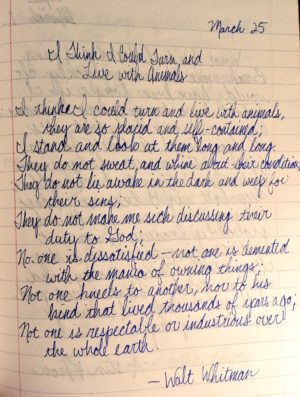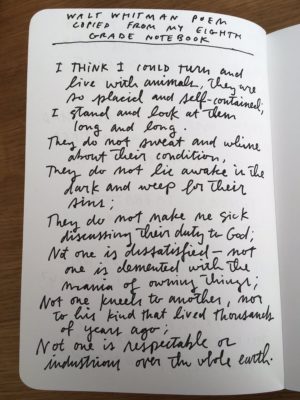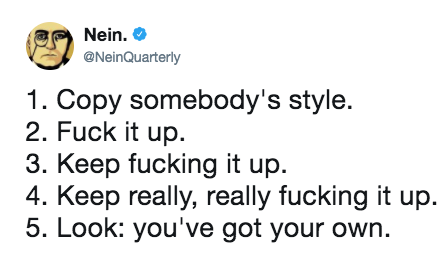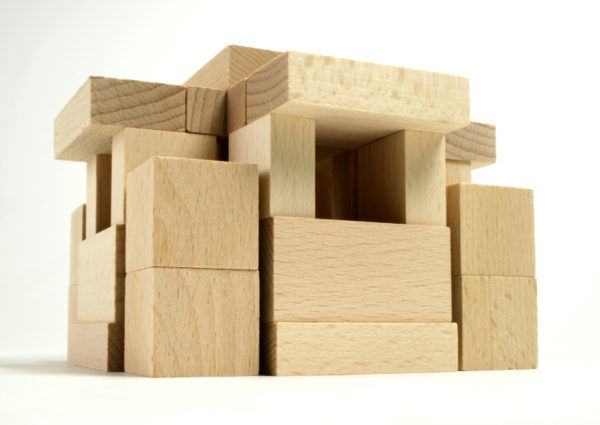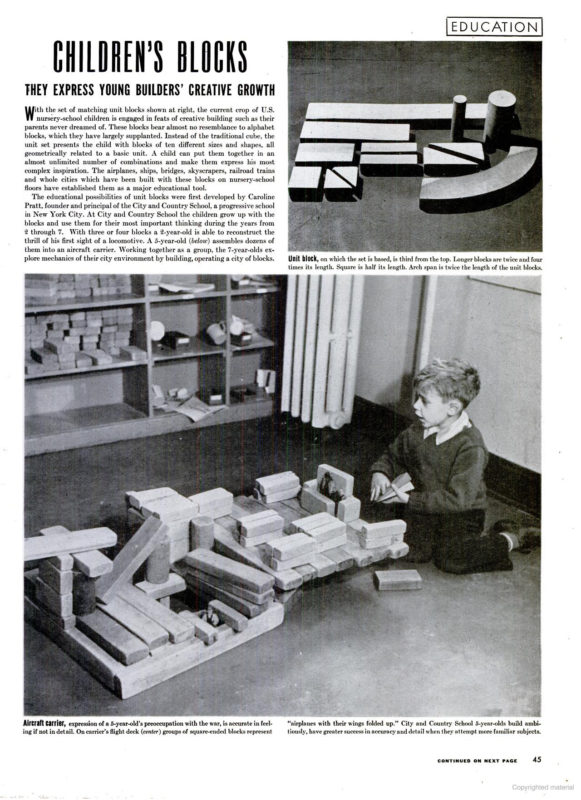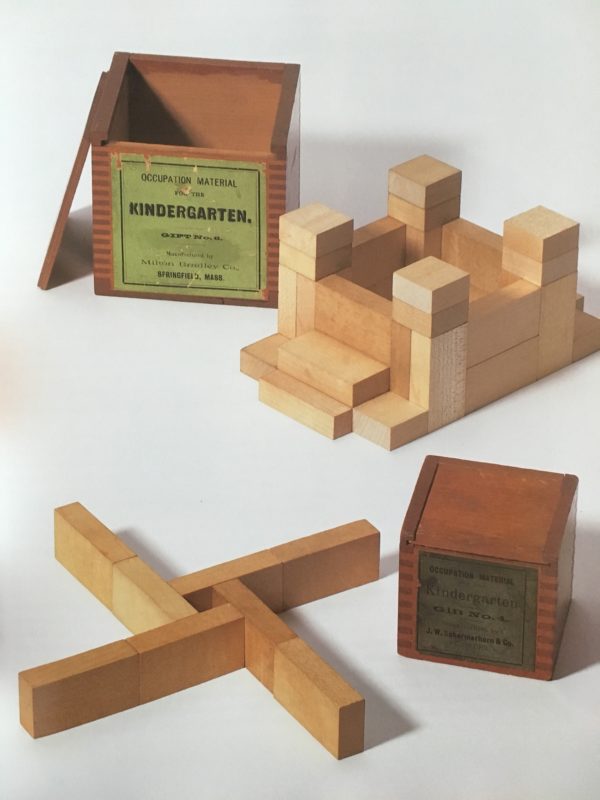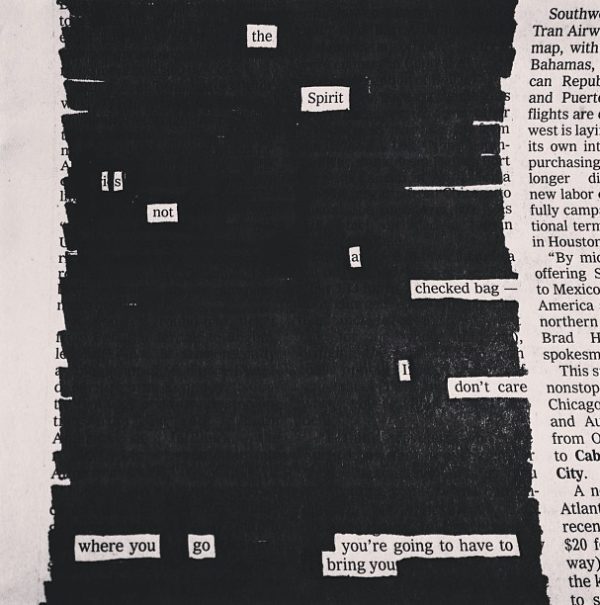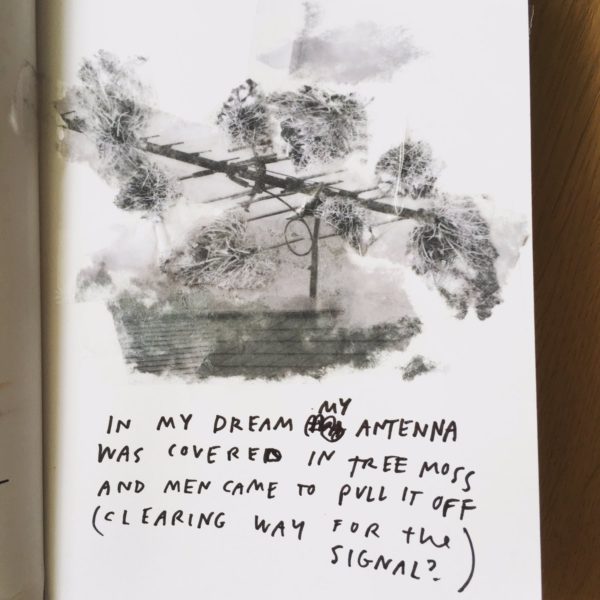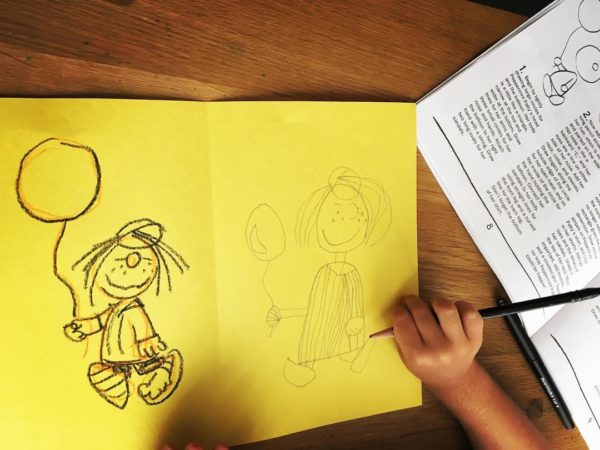
“You start when you’re young and you copy. You straight up copy.”
—Shel Silverstein
All artists begin by copying. (I wrote a book about it.) But what’s instructive about hanging out with kids all day is understanding on a day-to-day kid’s eye level just how natural copying comes to us.
My kids (5 & 2) are gleeful, natural born copycats. Copying is how they wrap their hands and hearts and heads around the world. They not only copy drawings and music and recreate the world with blocks and play, they mimic their parents, they mimic each other, they mimic kids on the playground, etc. Copying and mimicry is as natural to them as breathing. There’s nobody around telling them they should do any differently, nobody saying something dumb like, “Don’t you want to do something original?” So they go about their mimicry, unfettered by any adult notions about originality.
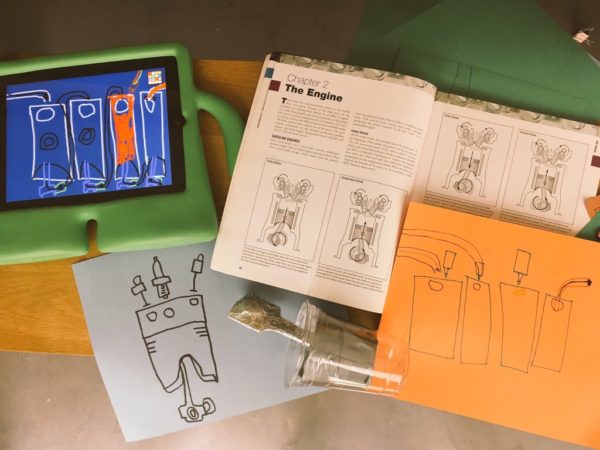
When my son got into engines last year, he spent endless hours copying diagrams out of car repair manuals.
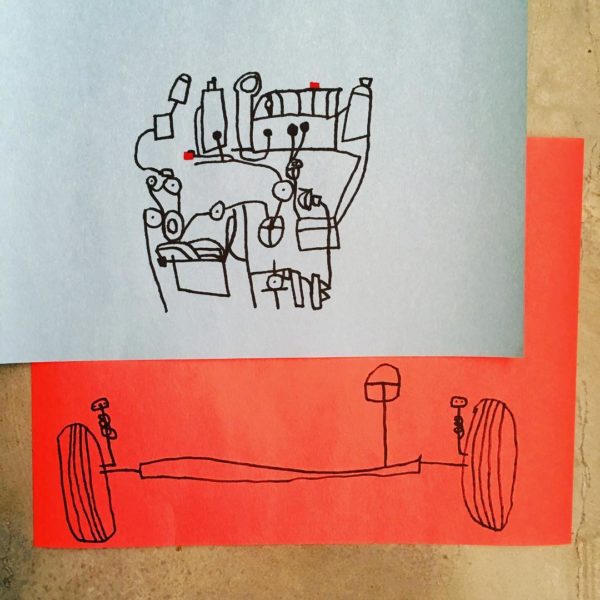
Soon, he was into drawing musical instruments:

And at that point, since he’d landed on one of my own passions, I decided to start copying him. I would copy his drawings into my notebook, trying to steal some of his line style:
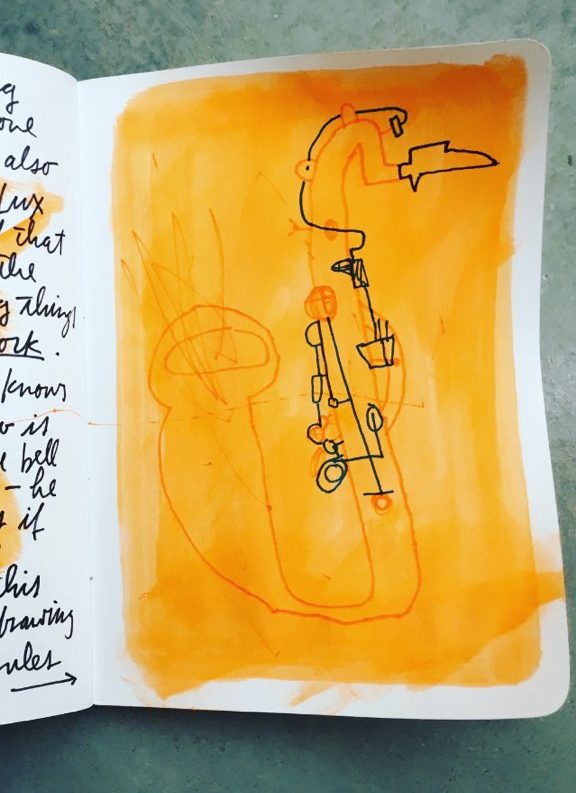
Then he started copying sheet music, just for kicks:
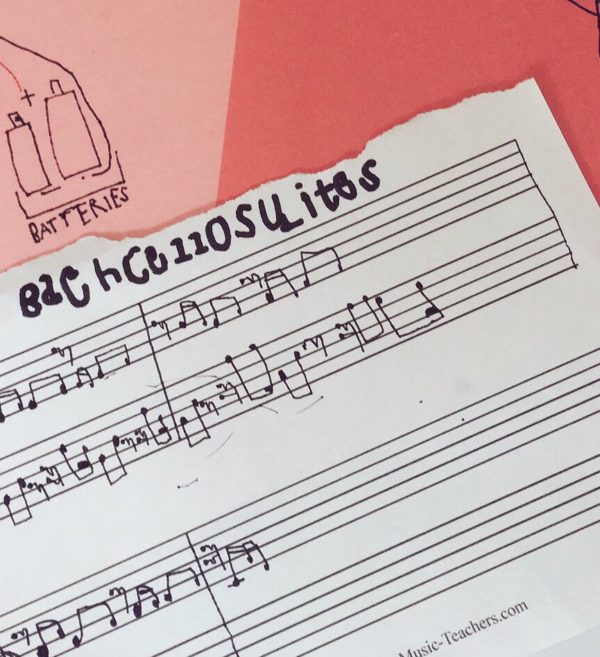
I’ve decided to copy that from him, too, and start copying piano pieces I want to learn by hand. There’s a beautiful story told by Paul Elie in Reinventing Bach:
Johann Christoph [Bach’s older brother] kept a collection of sheet music locked in a cabinet with latticed wood doors. Bach, perhaps now twelve, yearned to make music, not run through the exercises his brother assigned him, which he had already mastered. One night while the others were asleep he slipped a hand through the latticework, took hold of a sheet of music with thumb and forefinger, drew it out through the slats, and copied the notation onto a fresh sheet. Working by moonlight, he copied the manuscript the next night, and the next, until the moon entered a new phase. After six months of moonlit nights he had a complete work. Finally one morning he brought the fresh piece of sheet music to the clavier and played it….
Bach himself liked to tell that story, and his point was that this is how he educated himself and learned how to make music—by deeply studying the work of other composers. One of the best ways to internalize someone’s work is to copy it by hand.
Here’s Nicholson Baker, with his advice to writers:
Copy out things that you really love. Any book. Put the quotation marks around it, put the date that you’re doing the copying out, and then copy it out. You’ll find that you just soak into that prose, and you’ll find that the comma means something, that it’s there for a reason, and that that adjective is there for a reason, because the copying out, the handwriting, the becoming an apprentice—or in a way, a servant—to that passage in the book makes you see things in it that you wouldn’t see if you just moved your eyes over it, or even if you typed it. If your verbal mind isn’t working, then stop trying to make it work by pushing, and instead, open that spiral notebook, find a book that you like, and copy out a couple paragraphs.
After our last presidential election, the artist Morgan O’Hara went to the reading room at the New York Public Library with “with a small suitcase of pens, a few Sharpies, papers and copies of the Constitution. I brought old notebooks, half-used drawing pads and loose sheets to share with anyone who might show up.” Then she started copying the Constitution by hand, with other people who showed up joining along. She wrote of the experience:
Hand copying a document can produce an intimate connection to the text and its meaning. The handwriter may discover things about this document that they never knew, a passage that challenges or moves them. They may even leave with a deeper connection to the founders and the country, or even a sense of encouragement.
The cartoonist Lynda Barry writes beautifully about the magic of copying writing and drawings by hand. Here’s a page from Everything, Volume 1:
She says:
I think copying someone’s work is the fastest way to learn certain things about drawing and line. It’s funny how there is such a taboo against it. I learned everything from just copying other people’s work.
She brings the practice into her classrooms, and every few weeks, has her students get up and look at the notebooks of other students. “They are encouraged to try out anything they see. To copy all they want. To draw in a way they would have never thought of on their own.”
When I was in middle school, my English teacher, Mrs. Neff, had us keep composition books, and sometimes she gave us a prompt to answer, but sometimes she simply wrote a poem on the board for us to copy. She never made it explicit exactly what we were supposed to be learning by copying, but now I know. We were absorbing the poem. (I still do this regularly in my notebook.)
Eventually you can’t help but move from copying into something of your own. My 5-year-old is already figuring this out: A few months ago he started recreating Kraftwerk songs in Garageband, but his versions always had something new and interesting in them. It was his inability to perfectly replicate the song that made something interesting happen.
This process was brilliantly summarized by @neinquarterly on Twitter:
